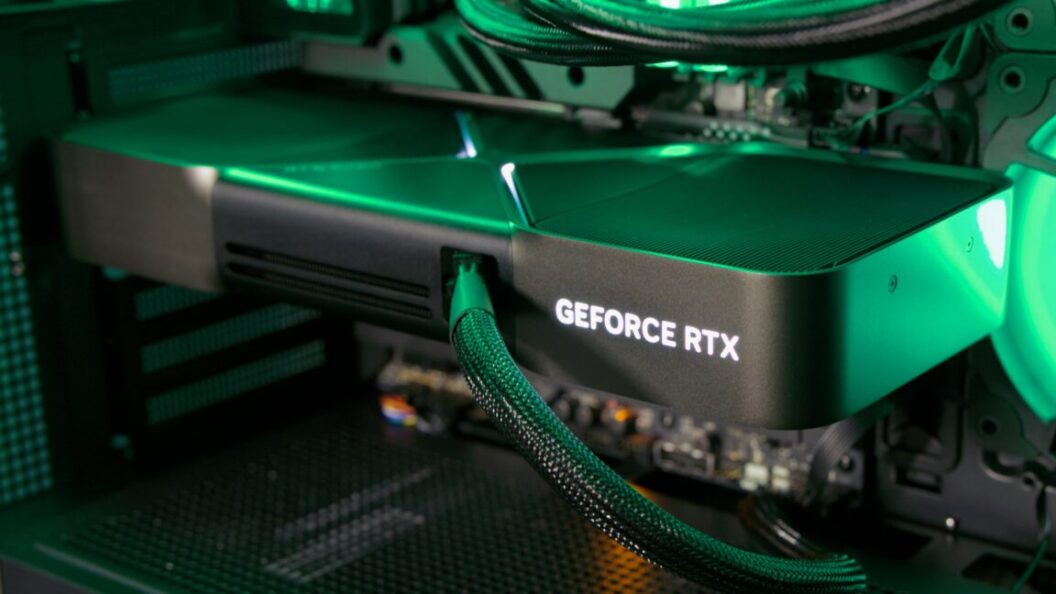Controversy Erupts Over New GPU Power Connectors: Incidents Raise Concerns
In a rapidly evolving landscape of gaming technology, the introduction of the 12VHPWR and 12V-2×6 connectors has aimed to revolutionize how power is delivered to high-end graphics processing units (GPUs). Designed to replace multiple 8-pin power connectors, these new connectors promise efficiency by enabling the delivery of hundreds of watts of power through a single cable. However, recent reports of incidents involving these connectors have sparked concerns across the gaming community, leading to scrutiny of both the connectors and the components used with them.
Purpose of the New Standards
The introduction of the 12VHPWR and 12V-2×6 connectors reflects a concerted effort by industry leaders, including Nvidia, Intel, AMD, Qualcomm, and Arm, under the PCI-SIG umbrella. By reducing the required board space and the complexity users face with multiple cables, these connectors are intended to simplify installations in gaming PCs. The transition from two to four 8-pin connectors to a single high-capacity connector could significantly affect both manufacturers’ designs and users’ experiences.
Adoption and Variation Among Manufacturers
Despite the collaborative effort in creating these new power standards, their adoption has not been uniform across the GPU market. While Nvidia primarily embraces the 12VHPWR and 12V-2×6 connectors for its high-end graphics cards, AMD and Intel have opted to maintain the traditional 8-pin power connector. Additionally, some of Nvidia’s partners have chosen to stick with 8-pin connections for their lower-end models, such as the RTX 4060 and 4070 series. This divergence highlights varying strategies among GPU manufacturers regarding power delivery and compatibility.
Reported Incidents Spark Concern
Recently, there have been two reported incidents involving Nvidia’s latest GPUs, specifically the RTX 5090, where users reported issues with power delivery. Both cases involved third-party cables—one from the custom PC parts manufacturer MODDIY and another included with an FSP power supply. These incidents raised questions about the safety and reliability of these new connectors compared to the more established 8-pin connectors.
It is important to note that both incidents were linked to third-party products rather than the official first-party 8-pin adapter that Nvidia provides with its GPUs. As a result, the debate around the root cause of these issues—whether they stem from the cables, Nvidia’s hardware, the design of the connectors, or user configuration—is ongoing.
Industry Response and Investigation
In light of these concerns, inquiries have been sent to Nvidia regarding whether it is investigating these reports. As of now, the company has not publicly responded, leaving the community awaiting clarity on the situation. The lack of a definitive source for these incidents complicates the narrative and raises broader questions about quality control among third-party manufacturers.
Navigating the Future of GPU Power Delivery
As the industry grapples with these incidents, the significance of this debate extends beyond anecdotal evidence. The reliance on new technologies, such as the 12VHPWR and 12V-2×6 connectors, reflects a critical evolution in GPU design aimed at meeting the demands of modern gaming. However, as outlined by the reported incidents, the transition to advanced technology can often bring unforeseen challenges.
The resolution of this controversy may have lasting implications for the adoption of these connectors moving forward. If concerns over reliability persist, manufacturers may face pressure to revert to more traditional power solutions or enhance safety protocols for third-party components. For consumers, it reinforces the importance of careful consideration when selecting power supplies and cables, especially as the market shifts toward newer specifications.
In conclusion, while the potential benefits of the 12VHPWR and 12V-2×6 connectors are promising, the safety and reliability concerns highlighted by recent incidents underscore the necessity for continuous scrutiny and feedback from both consumers and manufacturers as the gaming hardware landscape evolves. As the industry moves forward, the relationship between power delivery innovations and user experience will remain a key focal point.









